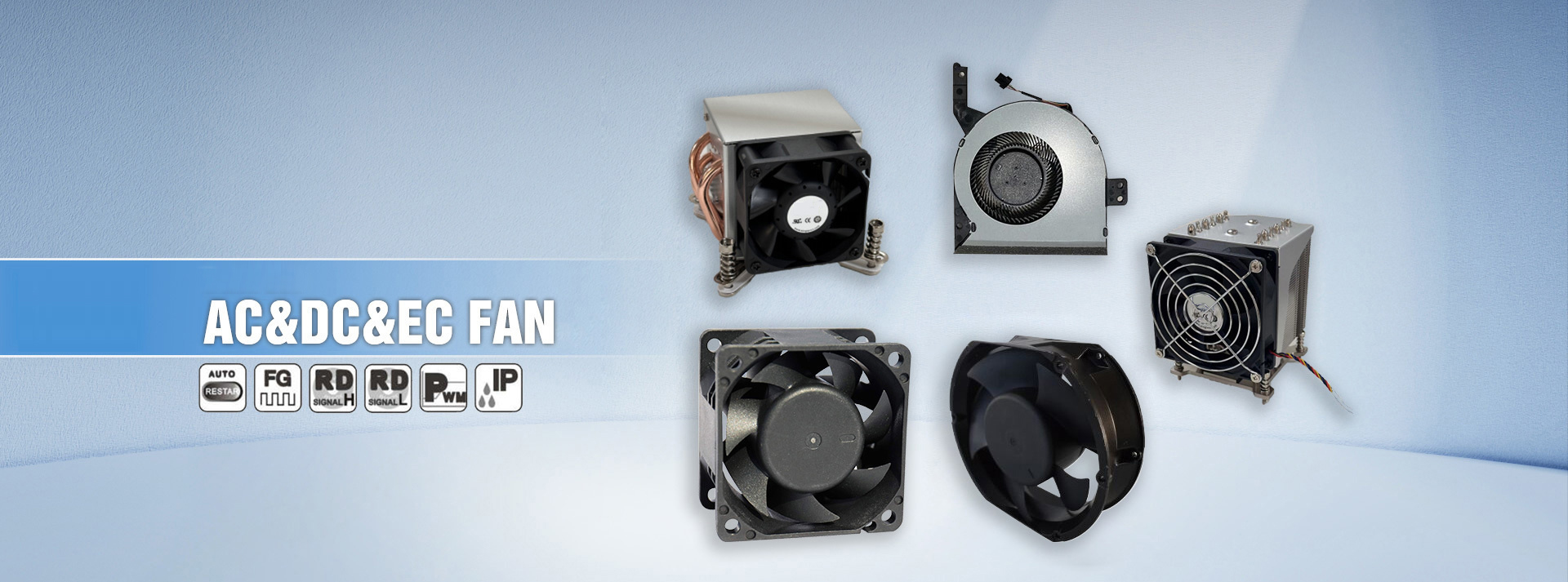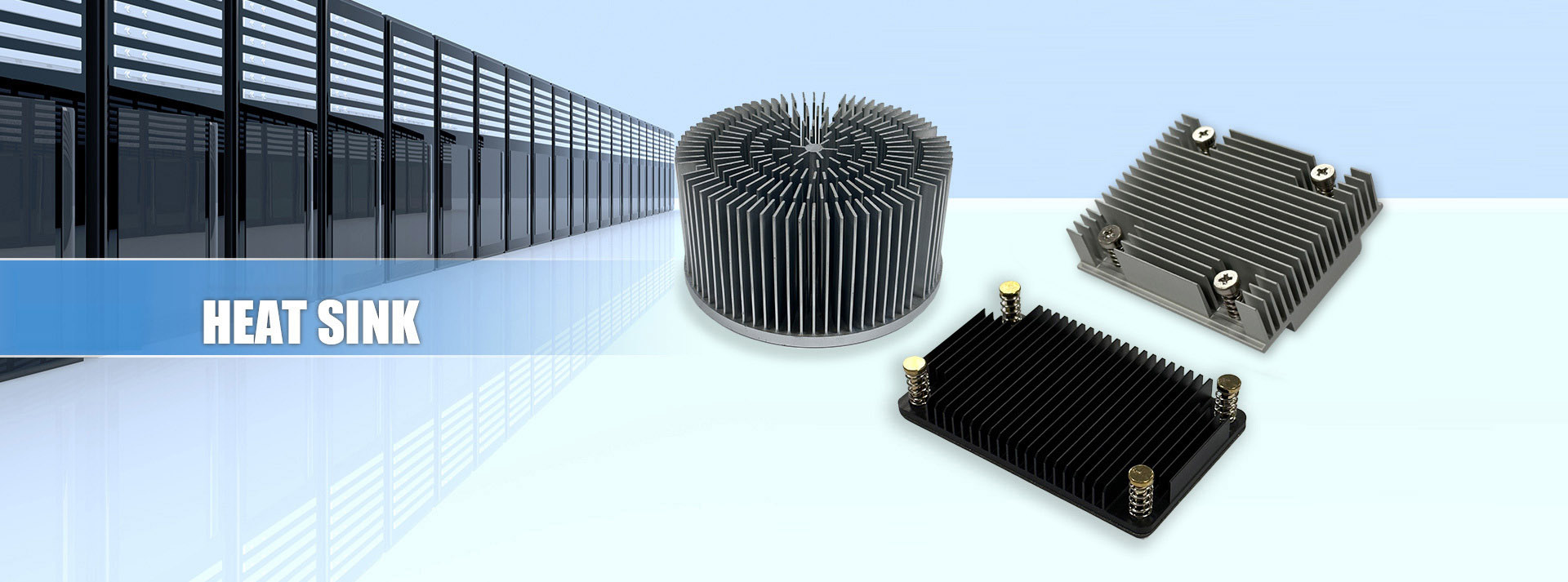The Product History of Blowers
Metallurgy first appeared in China around 5,000 to 6,000 years ago. After entering the Iron Age in the 5th century BC, iron tools became a crucial factor in advancing historical progress and were once regarded as a benchmark for productivity development.
Iron smelting is a combination of various techniques, among which blower technology is an indispensable component. The development of ancient Chinese metallurgy included a transition from intermittent to continuous blasting, and the blowing equipment evolved from leather bellows to wooden fans and piston-type wooden bellows. During this period, horse-driven and water-driven bellows also emerged. The advancement of blower equipment was not only an essential part of iron smelting technology but also influenced by the overall level of mechanical technology. Under the combined effects of social, political, economic, and technological factors, Chinese iron-smelting machinery exhibited a unique developmental trajectory.
Blower technology works by injecting air at a certain pressure into the furnace, allowing fuel to burn more efficiently, raising furnace temperatures, and improving smelting efficiency. Blowing equipment serves as the physical foundation for implementing this technique. Early metallurgy may have relied on natural wind, but as the demand for high temperatures increased, natural wind evolved into forced air. The earliest instruments used for forced air were fans and blowpipes. Archaeological evidence of blowpipe use has been found in the form of copper-smelting crucible fragments discovered at the Niuheliang site in Lingyuan County, Liaoning Province. Additionally, at the Dajing ancient copper mine site in Linxi County, Chifeng City, Inner Mongolia (dating back approximately 2,700 to 2,900 years and belonging to the Upper Xiajiadian culture), a ceramic animal-headed blower pipe was uncovered. These findings indicate that primitive blowing equipment emerged in the early Bronze Age.
Based on current archaeological excavation materials, as early as the Western Zhou period, China had already employed smelting equipment with four blowers per furnace. Furthermore, the large number of bronze artifacts unearthed from the Shang and Zhou dynasties, along with their advanced manufacturing techniques, suggest the existence of an early form of air-blowing devices at that time. However, whether these devices were mechanical remains uncertain and requires further verification. True mechanical blowing devices for ironmaking likely developed alongside advancements in iron-smelting technology.
The concept of machinery first emerged during the Spring and Autumn and Warring States periods. In the book Zhuangzi, Outer Chapters, Heaven and Earth, there is a reference to Zigong stating: "There is a machine (a water-lifting tool) that can irrigate a hundred fields in one day, requiring effort but yielding limitless benefits."
Similarly, Han Feizi, Chapter on the South states: "By leveraging terrain, boats, carts, and machinery, one can use minimal effort to achieve great results."
Modern understanding suggests that mechanical devices generally consist of three main components: a power system, a transmission system, and a working mechanism. Measured against this definition, the earliest known mechanical blower was the leather bellows, followed by water-driven channels, wooden fans, and piston-type wooden bellows.
From the earliest leather bellows to horse-driven and water-driven blowers, and then to wooden fans and wooden bellows, the mechanical structure and driving mechanisms show a trend of evolution from simplicity to complexity and then to miniaturization and simplification. This development was influenced by the prevailing social conditions of the time, particularly the structure of the state and economic growth.





